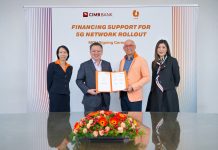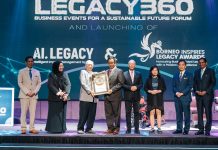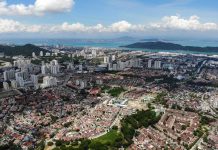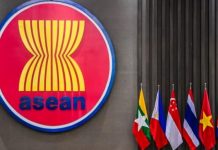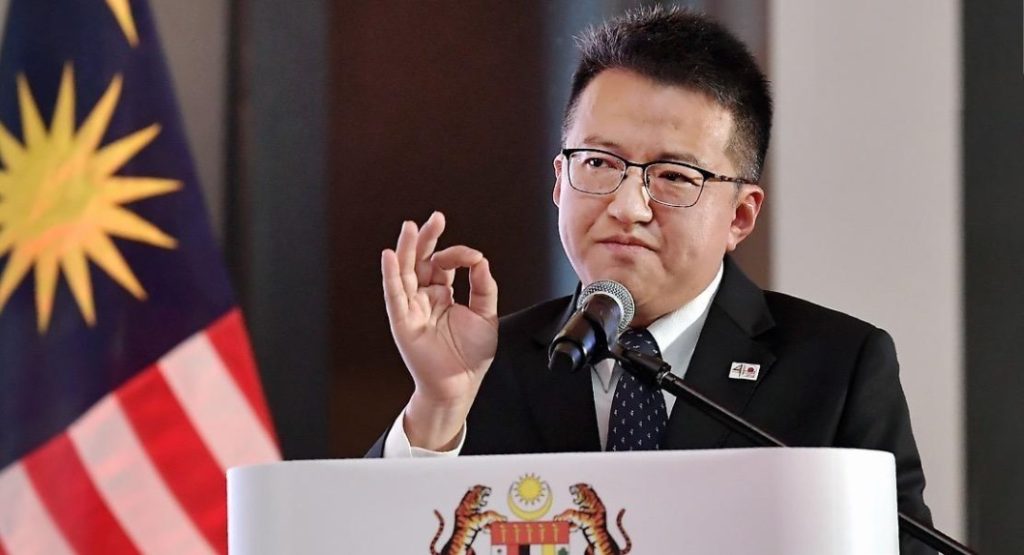
The government is looking at having a clear scorecard focused on high-quality investments and incentives to align with the National Investment Aspirations (NIA) and New Industrial Master Plan (NIMP).
According to the Ministry of Investment, Trade and Industry deputy minister, Liew Chin Tong, this effort requires collaboration with agencies including Bank Negara Malaysia (BNM), the Securities Commission (SC), MITI and the Finance Ministry (MOF).
“Companies we incentivise will have to explain to the government its contribution to Malaysia’s innovation and technology. Whatever we do today must build (up) Malaysia’s research and development (R&D). We must (develop the) Malaysian technological capability,” Liew said.
Resonating the same sentiment, Digital Minister Gobind Singh Deo believes that Malaysia is on track to capture a significant portion of the global digital market as the country’s digital economy is expected to contribute 25.5% to the gross domestic product (GDP) by the end of 2025, tapping into the market that is seen to hit US$16.5 trillion by 2028.
“From what we have witnessed in the last 8 months, I am confident that we will not only achieve (the target of 25.5%), but surpass it,” he said, considering a series of investments from tech giants including AWS, Intel, Google, ByteDance, Nvidia, Meta and Oracle, among others.
“These and many other companies are pouring in billions of US dollars to start or expand their businesses here, mainly in the data centre and semiconductor industries. International investors have faith and confidence in Malaysia due to our business-friendly policies, stable government, good infrastructure and strategic location,” he added.
Furthermore, his ministry is focusing on 3 key pillars, namely helping to build infrastructure, creating digital resilience and developing talents, which are required to position Malaysia as a premier hub in the region.
“But we can’t do this alone. And India, being a giant in the tech sector, will be one of the best partners to assist us in our mission,” Gobind said, adding that the 2 governments recently exchanged 8 memoranda of understanding (MOUs) to further strengthen the working relationship in various areas, including in the field of digital technologies.
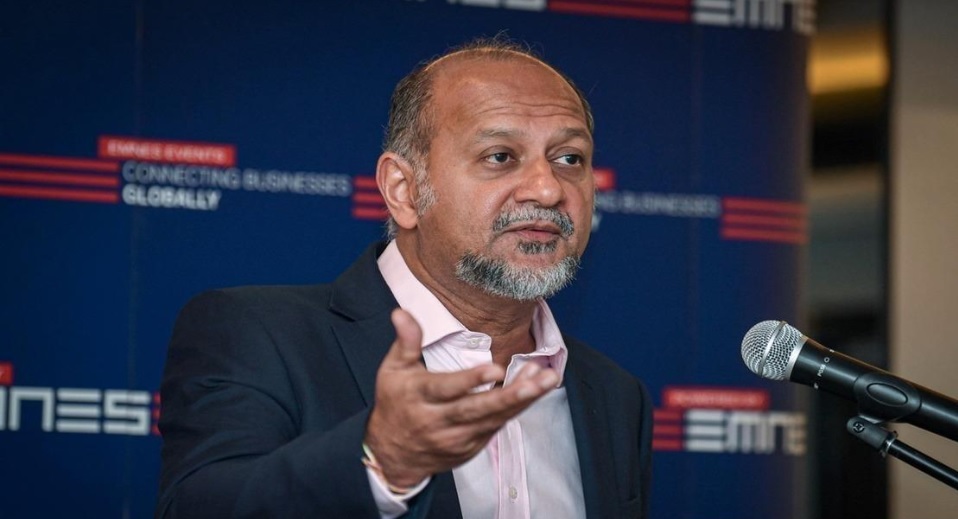
In turn, he said that Malaysia could serve as India’s gateway to Southeast Asia, seeing as Malaysia would assume the ASEAN chair next year.
Apart from India, Chinese companies also tend to consider Malaysia as an ideal destination for them to set up their regional headquarters, enabling them to easily expand their businesses internationally.
On this, Liew commented that Malaysia’s strength lies in having a skilled and education multilingual workforce, an internationally-recognised common law framework, comprehensive logistics network and a stable society.
“In addition to traditional economic and trade cooperation, Malaysia and China should work together on new emerging industries, especially new energy vehicles and solar photovoltaic (PV) systems,” he said.
According to Liew, if Southeast Asia can develop a middle-class population as large as China;s current 400 million in the next 15 to 20 years, ASEAN will emerge as a very large consumer market.
“There are many areas where China and Southeast Asia can collaborate. We hope that when Malaysia assumes the ASEAN Chairmanship next year, we can promote more cooperation, especially in new industries such as new energy vehicles (EVs) and its standard,” he continued.
NCER records RM48.25 Bil Realised Investments in 9 Months of 2024
In fact, with the relentless efforts of the MADANI government, Malaysia still manages to attract a substantial amount of investments, especially for the Northern Corridor Economic Region (NCER), which recently raised RM48.25 billion in investments from January to September 2024 – a 60% growth compared to the same period last year.
Prime Minister Datuk Seri Anwar Ibrahim noted that from the NCER, a total of 10,529 job opportunities were also created through these realised investments, that was conveyed when he chaired the 32nd Northern Corridor Implementation Authority (NCIA) meeting.
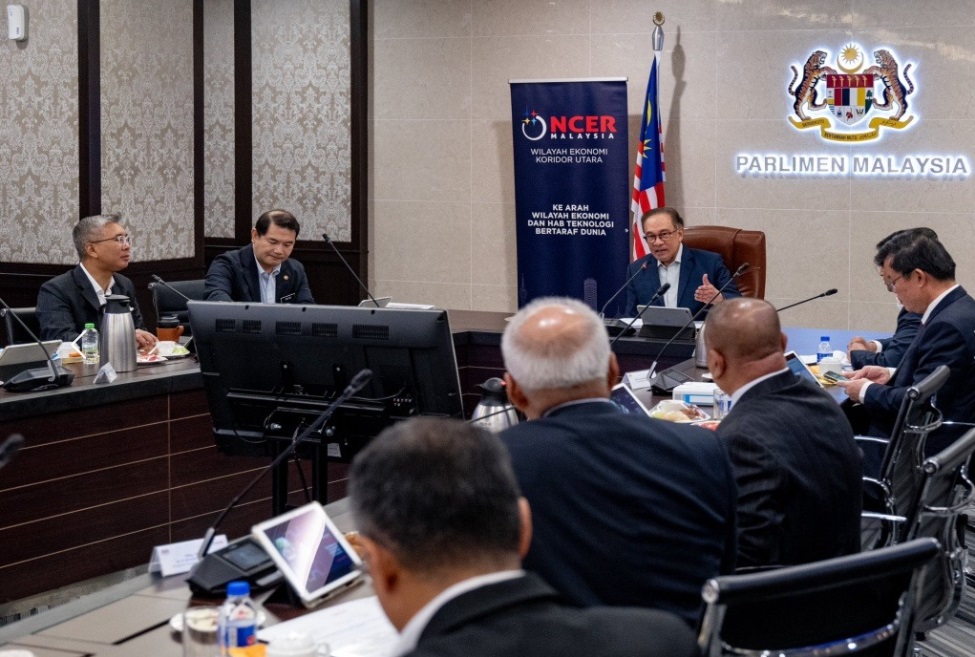
The meeting also discussed initiatives to support the NCER investment ecosystem in line with the NCER Strategic Development Plan 2024-2030, including the development of a technology information centre, agro-food hub and energy transition.
“Such planning is important in the MADANI government’s effort to ensure that NCER continues to attract investments related to strategic high-impact and high-value industries,” he added.
Meanwhile, NCIA chief executive, Mohamad Haris Kader Sultan said the main investments facilitated by the NCIA are from multinational electronics companies, such as Western Digital in Penang, Infineon Technologies and Ferrotec Manufacturing Malaysia in Taman Teknologi Tinggi Kulim, Kedah.
“This success was achieved with the cooperation of the Federal Government, state governments, ministries and agencies such as MITI, the Malaysian Investment Development Authority (MIDA) and NCIA,” he said.
During the meeting, NCIA also presented 4 major initiatives aligned with the MADANI Economy’s goals, including the NCER Technology Innovation Centre (NTIC), the NCER Agro-Food Hub, the energy transition strategy and the Rare Earth Resource Value Chain (REE).
“These initiatives will foster private-sector cooperation to attract more high-value investments to NCER, driving sustainable economic growth and supporting the development of micro, small and medium-sized enterprises (MSMEs),” Haris explained.

















